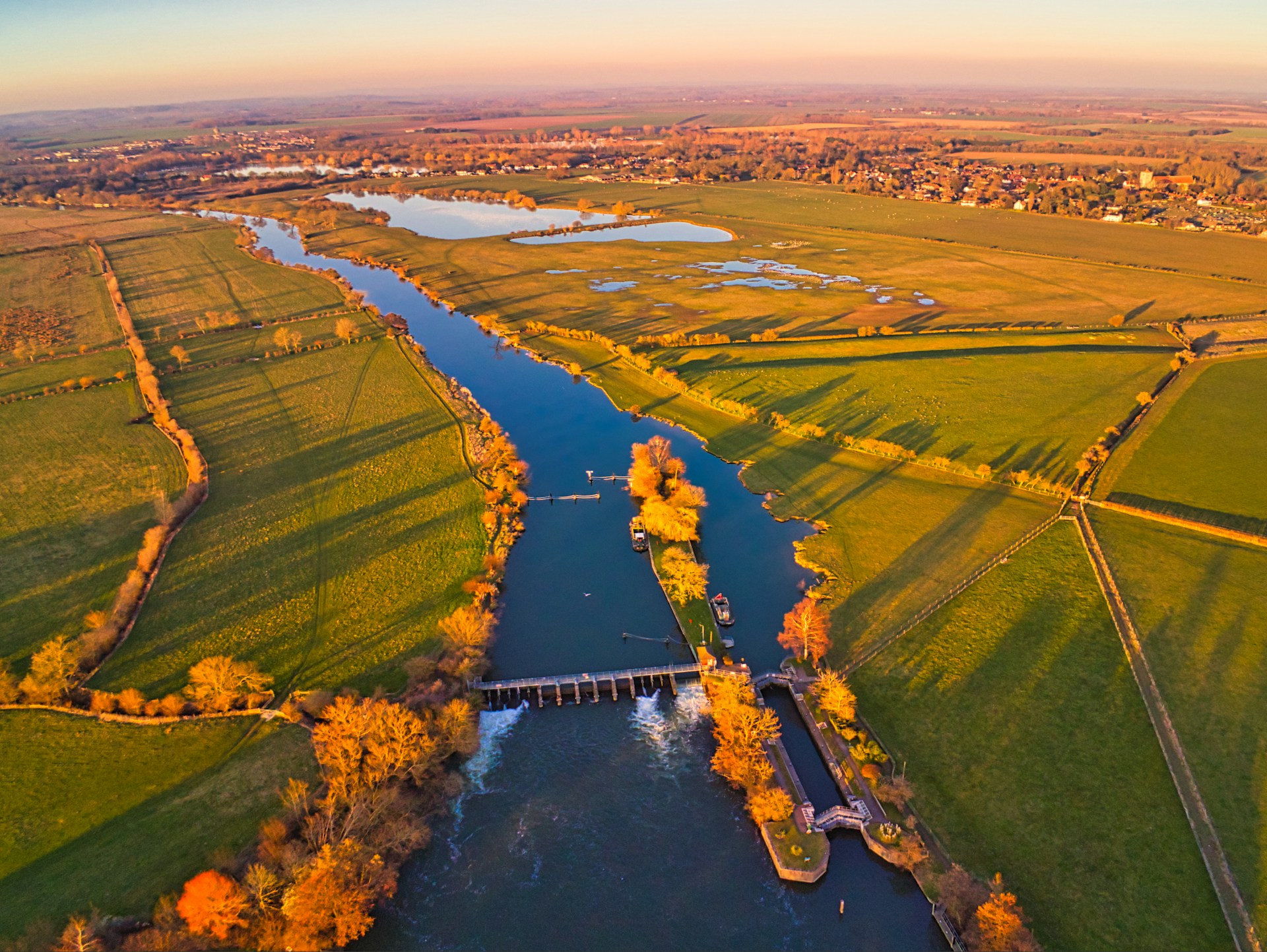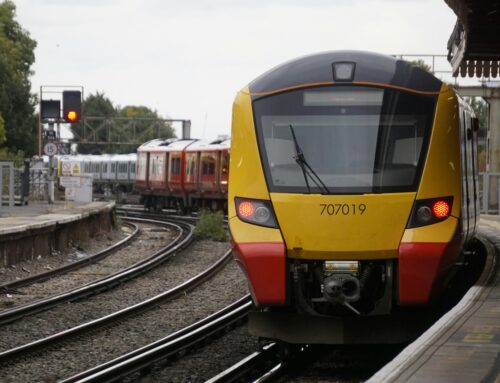Many transport consultants and their clients will be interested to know that the long-previewed A122 Lower Thames Crossing – a new road crossing connecting Kent, Thurrock, and Essex – has at last been granted planning permission by the Secretary of State for Transport.
Why is the Lower Thames Crossing project so crucial?
The new 14-mile A-road has been conceived in light of the continuing high levels of pressure on the existing A282 Dartford Crossing. The latter has, for more than six decades, been the only road crossing across the Thames east of London.
Unsurprisingly, then, the Dartford Crossing is today used by much more traffic than it was designed for. Concerns are therefore intensifying that the route acts as a bottleneck causing delays and diversions – with consequent undesirable impacts on the UK economy.
It is hoped that the Lower Thames Crossing – when it is expected to open in the early 2030s – will go some way to changing this. The major project will link the A2 in Kent with the A13 and M25 in Essex, through the UK’s longest road tunnel.
Crucially, it is anticipated that the new crossing will nearby double road capacity across the Thames east of the capital. This, in turn, should be instrumental in easing congestion at Dartford, thereby enhancing the speed, safety, and reliability of tens of millions of journeys every year.
National Highways keenly talks up the Lower Thames Crossing’s green credentials
National Highways – the wholly government-owned company responsible for the modernisation, maintenance, and operation of motorways and major A-roads in England – has said that the new road’s design was developed “following a comprehensive programme of consultation with the local community and a range of organisations.”
The company said that improvements made to the project in light of feedback included futureproofing it with three lanes in each direction along most of the route, lessening the impact on ancient woodland by 70%, and lengthening the tunnel to minimise the effects on local communities and the environment.
A National Highways press release stated that around 80% of the route now ran through a tunnel, cutting, or embankment, thereby enabling the road to blend into the landscape. Furthermore, the company said, seven green bridges are set to provide safer crossing points for both local people and wildlife.
High hopes for “one of the UK’s most important infrastructure projects”
Executive Director Lower Thames Crossing at National Highways, Matt Palmer, described the scheme as “one of the UK’s most important infrastructure projects.”
He added that the new road would “unlock growth with quicker, safer, and more reliable journeys, and redraw the blueprint for building major projects in a net zero future by scaling up the use [of] low-carbon construction, and leaving a legacy of green spaces, green skills.”
The latter is certainly an important point for many transport consultants and other stakeholders. In its own response to the news of the scheme being approved, the Chartered Institution of Highways and Transportation (CIHT) expressed that “support for this infrastructure project must be consistent with a credible pathway to Net Zero by 2050”.
The learned society stated that it “welcomes the Government’s commitment to growth, and the announcement of the Lower Thames Crossing. Investment in transport infrastructure is a vital part of the Government’s growth agenda. However, CIHT believes that this growth must be sustainably delivered.”
Don’t look further than us for tailored transport planning and infrastructure advice
Here at Transport Planning Associates (TPA), we will certainly continue to keep a close eye on this instrumental scheme for the future of UK transport, and we will report on further significant developments.
In the meantime, if you are on the lookout for transport consultants who can support the success of your own projects, please don’t hesitate to enquire to your nearest TPA office.





